Story and photos by Jonathan Sharp
Lead image: Mussolini had decreed an order to Italianize foreign-sounding names, hence Carrozzeria Touring became Carrozzeria Turinga, as shown here on the bonnet emblems of the Trossi 6C Alfa Romeo, featured below.
Salon Privé event founders Andrew and David Bagley and all those involved in this year’s Concours (which took place at Blenheim Palace in the heart of the Cotswolds, September 23-26, 2020), must have breathed a huge sigh of relief on the morning of the opening day of the event, even though it was raining.
With 2020 being what it is, the event was very much touch-and-go until the last minute. With many of the original entries being stuck in their own countries due to quarantine regulations, replacement entries had to be found at the last minute, then to cap it all the UK Government announced new Covid regulations two days before the event!
One entrant however was determined that a pandemic was not going to stop his Alfa Romeo from appearing at the show. Dr Heydon, the custodian of the Garavini bodied 6C, had just completed his two week self-isolation following his arrival in the UK, in the Royal Automobile Club!
To make the event Covid secure, prior to the event, or upon arrival, every attendee had to complete a Track and Trace form, our temperatures were taken before we were allowed entry, and a one-way system in certain parts of the event was in place. Tables and chairs in the catering area were also correctly spaced to allow for social distancing. Unfortunately, due to the ever-changing list of entrants to the Concours, no formal event catalogue could be produced, so my caption information has been taken mainly from the notes of Max Girardo, the MC of the event parade.
Anyway enough of the back ground to the event, let’s go onto the cars. One special class was in celebration of the 110th Anniversary of Alfa Romeo so that is where I shall start. We’ll get in the rest of the field next week.
Alfa Romeo 2500SS Touring
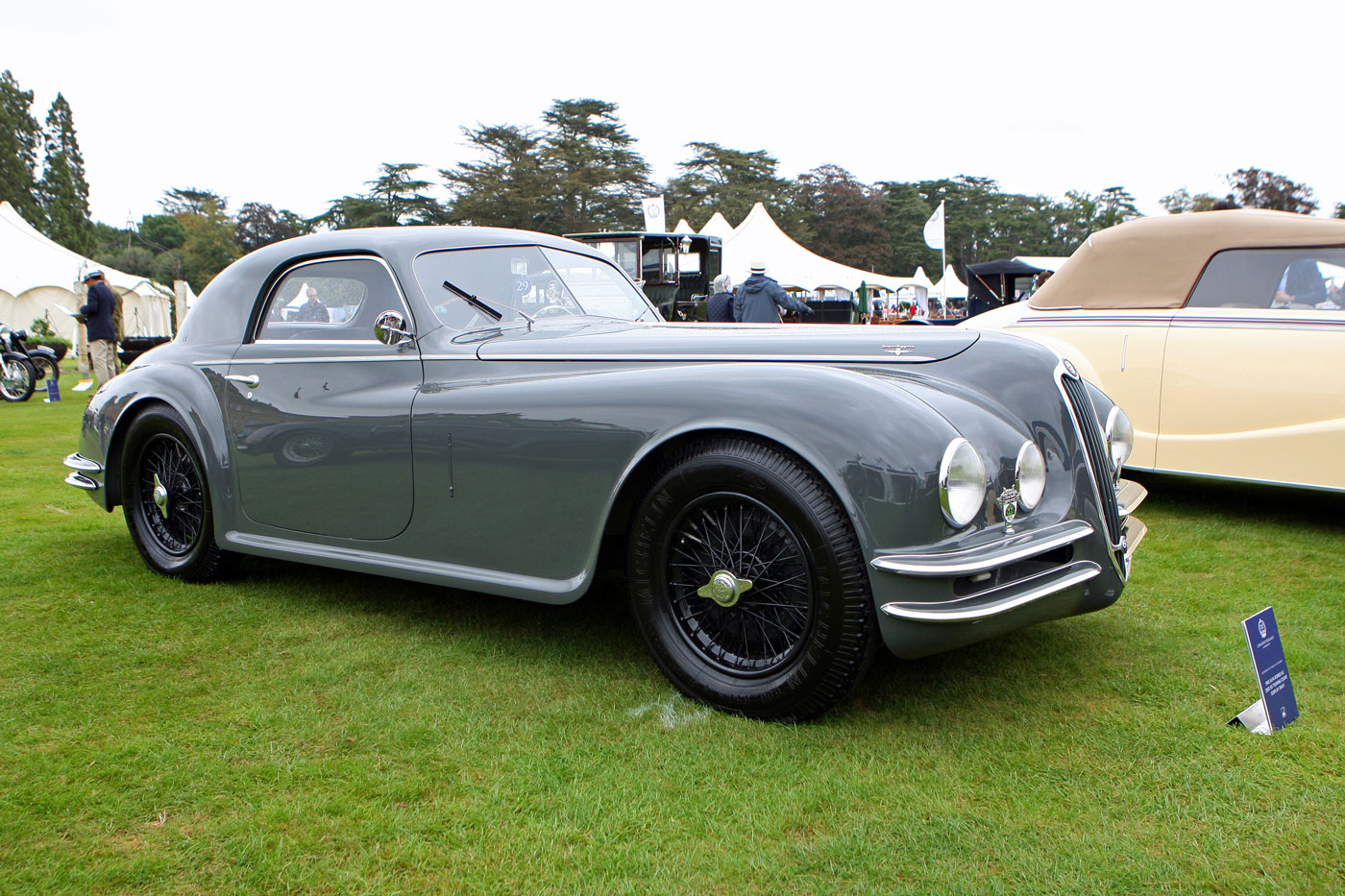
This Alfa Romeo 2500SS was originally delivered to Pinin Farina in 1942. Conte Felice Trossi then purchased the chassis and shipped it to Carrozzeria Touring. Trossi proceeded to use the Alfa as his personal car until his death in 1949.
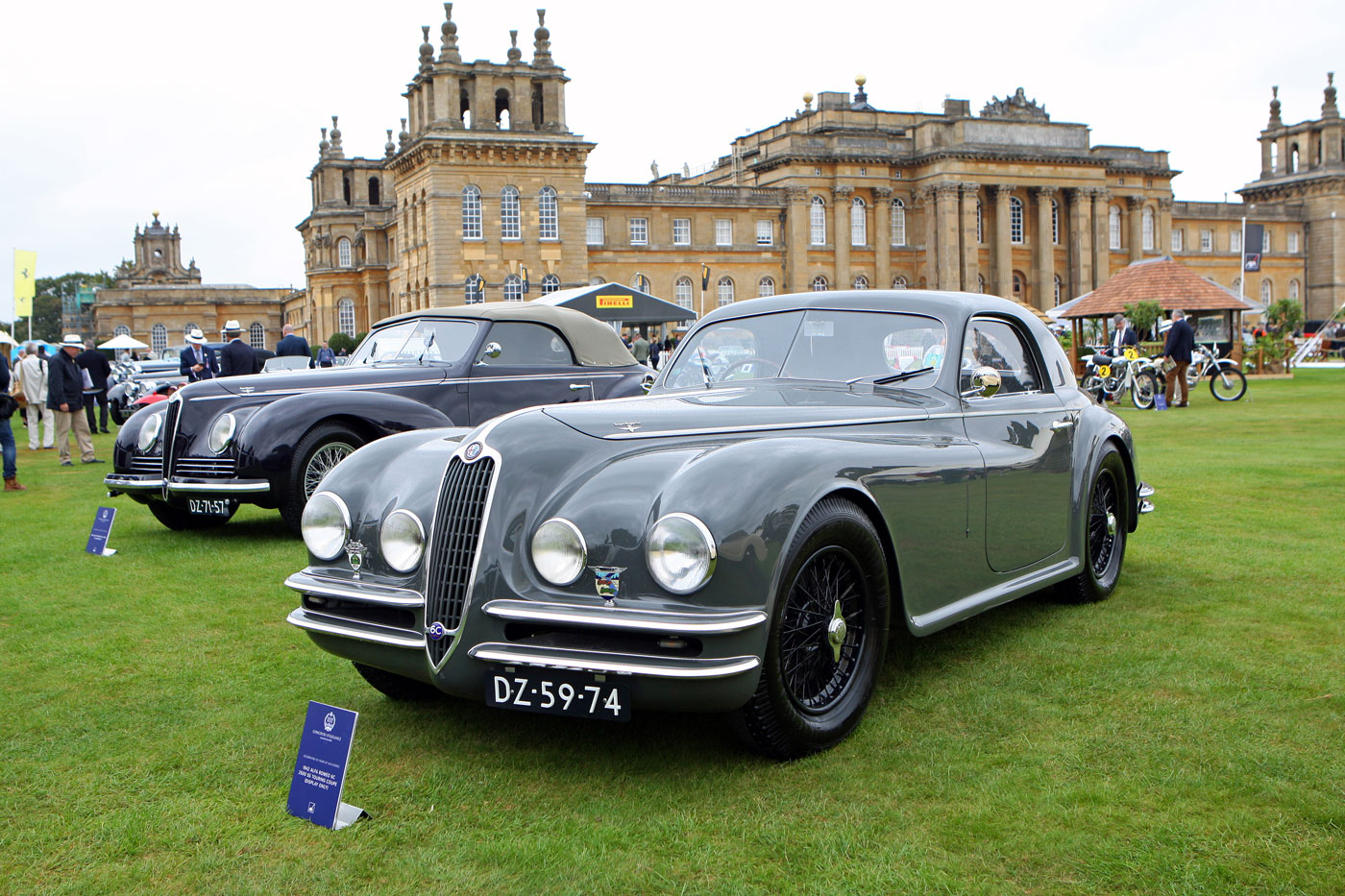
In a conversation that the current custodian had with Carlo Felice Bianchi Anderloni, Anderloni stated that this was the first car he designed following the death of his father and was very much a turning point in the styling history of Touring, with the rear design still being prewar but the front already showing the postwar lines complete with a smaller grill. A truly beautiful and unique Alfa Romeo.
Alfa Romeo 6C 2500 Carrozzeria Garavini
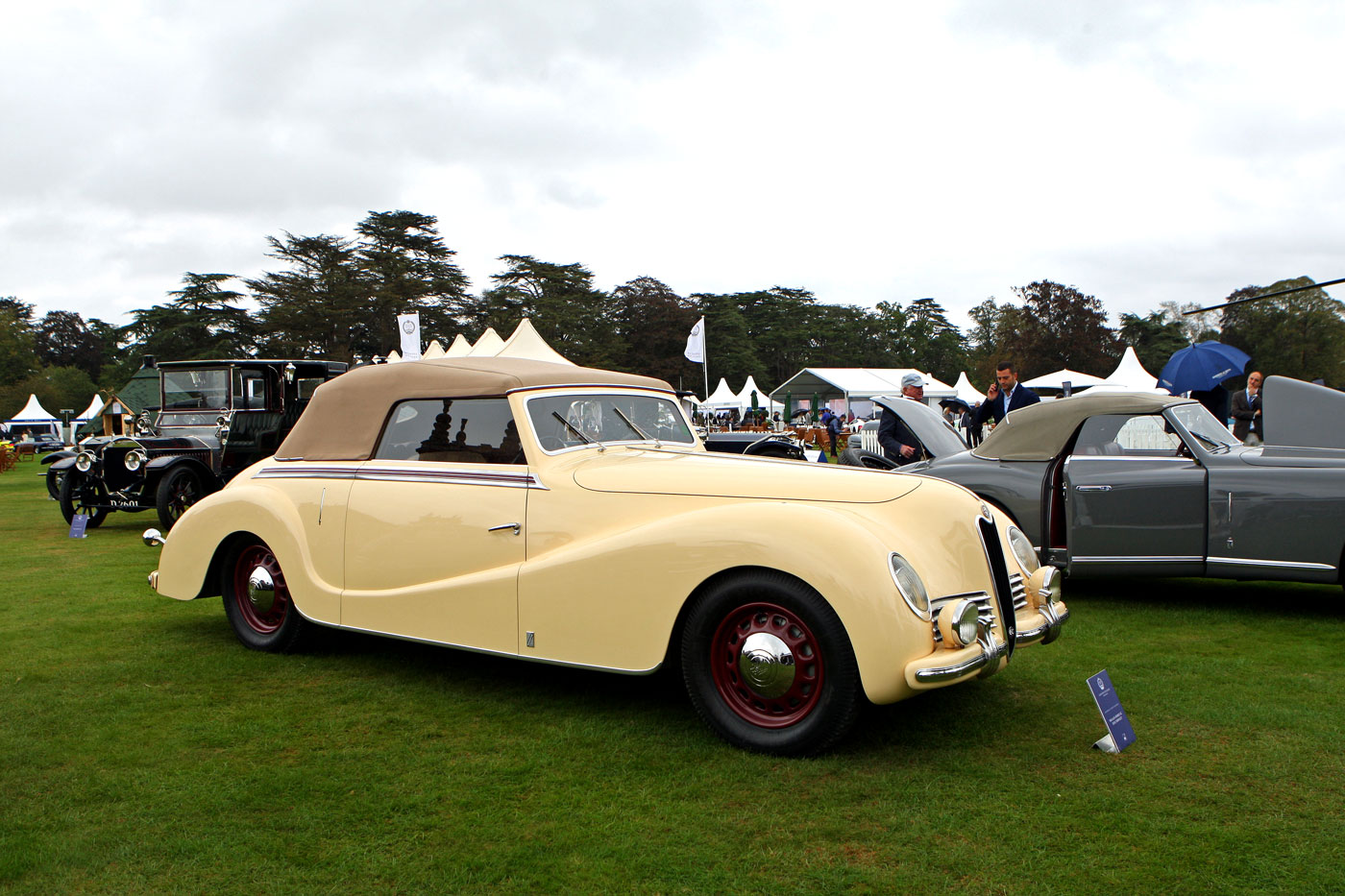
The history of Carrozzeria Garavini can be traced back to 1908 when Eusebio Garavini, having previously worked for Carrozzeria Taurus, founded Carrozzeria Piemonte in Turin. In 1927 Eusebio patented the Pluemelastica and Plumaccio system as a viable alternative to the better known Weyman Elastic coachwork system.
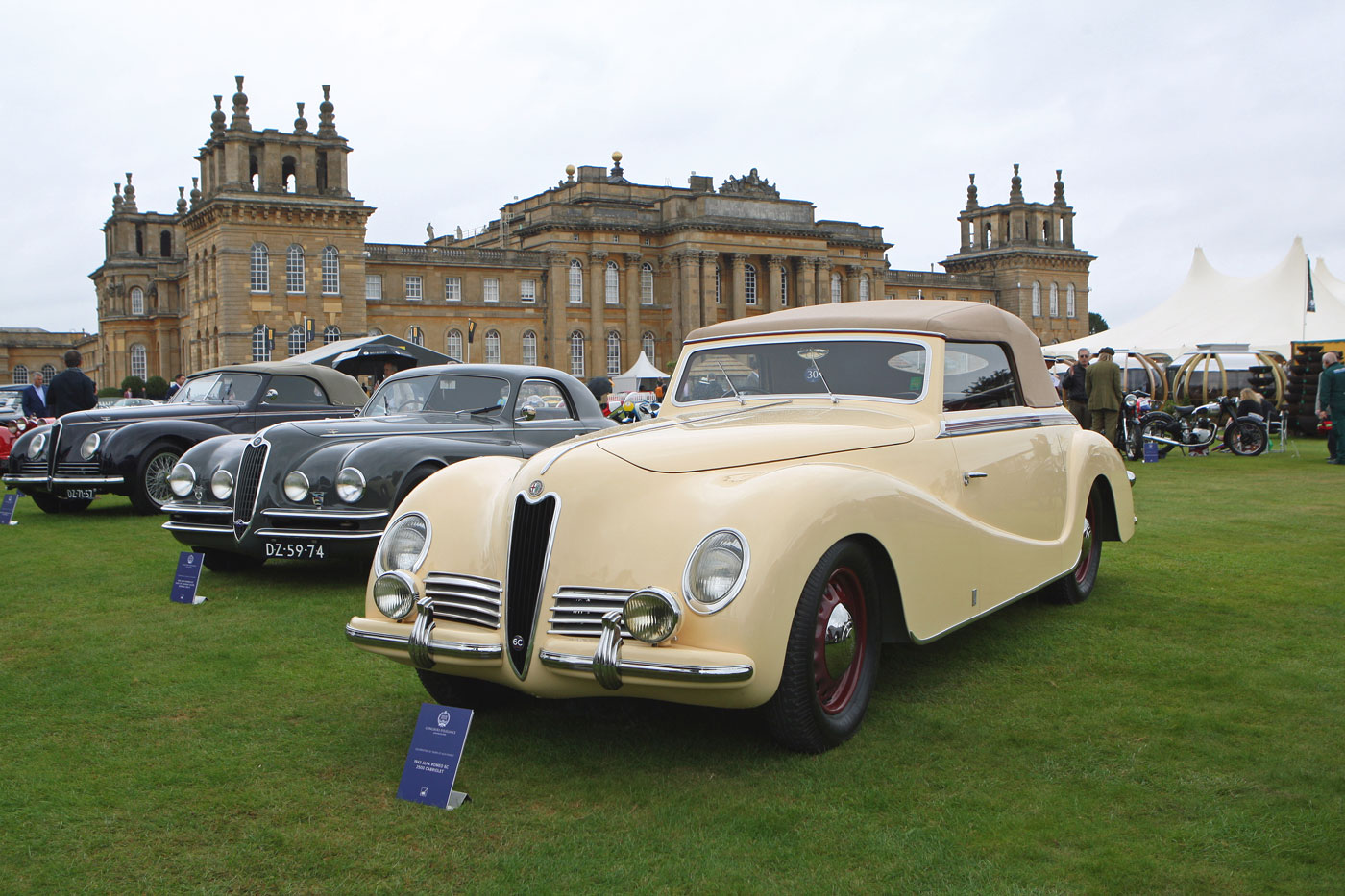
The great depression saw the company go into another major decline, but it survived to become Stabilimenti Garavini Carrozzeria in 1933. This 1943 Alfa Romeo 6C 2500 Cabriolet is one of just four examples bodied by the company.
Alfa Romeo 6C 2500 S Touring Cabriolet
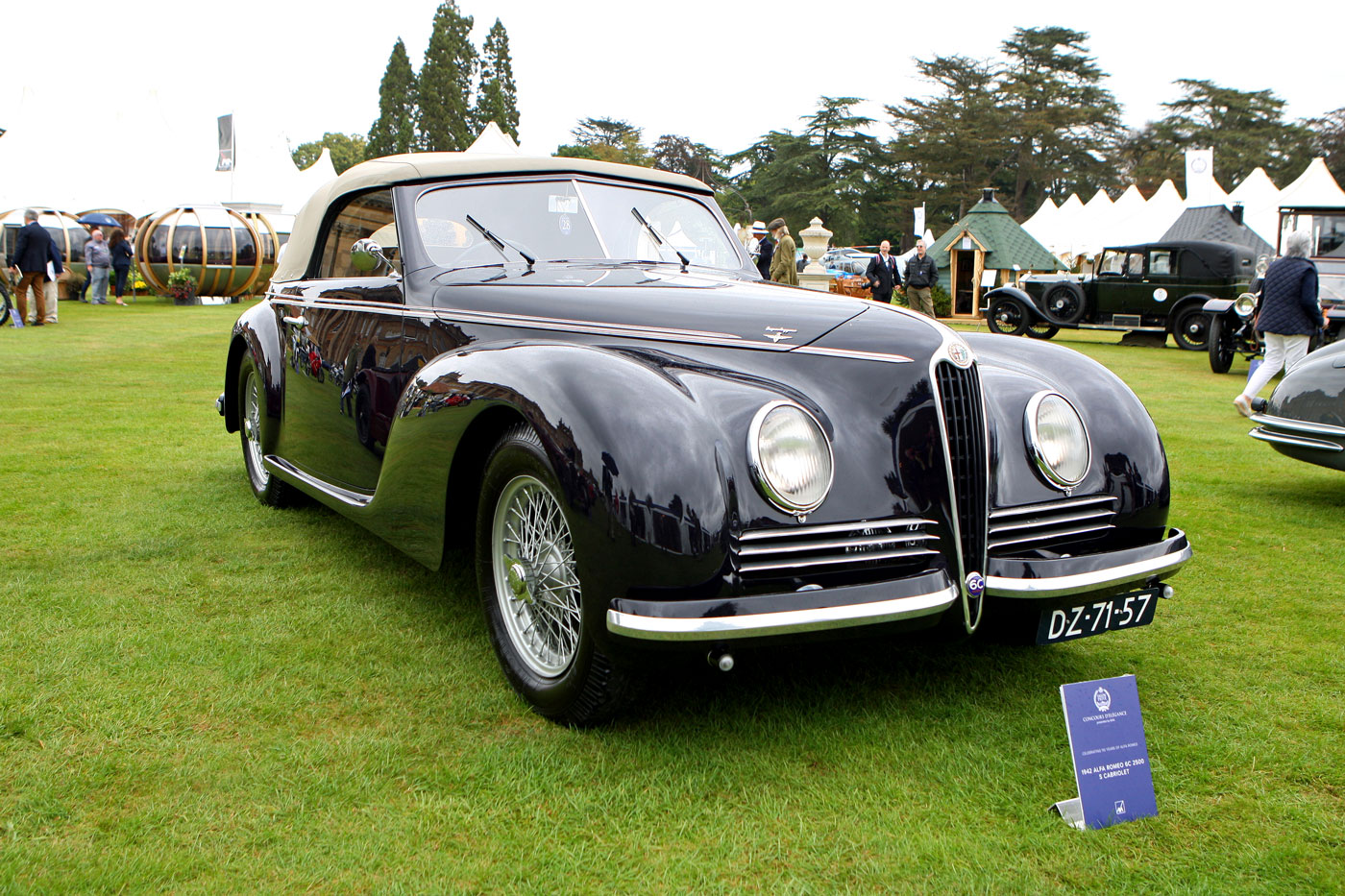
This Alfa Romeo 6C 2500 S Cabriolet is believed to be one of just three with coachwork in this style by Touring. Built in June 1942 and then delivered to the first owner, General Von Carnap of Berlin in April 1943.
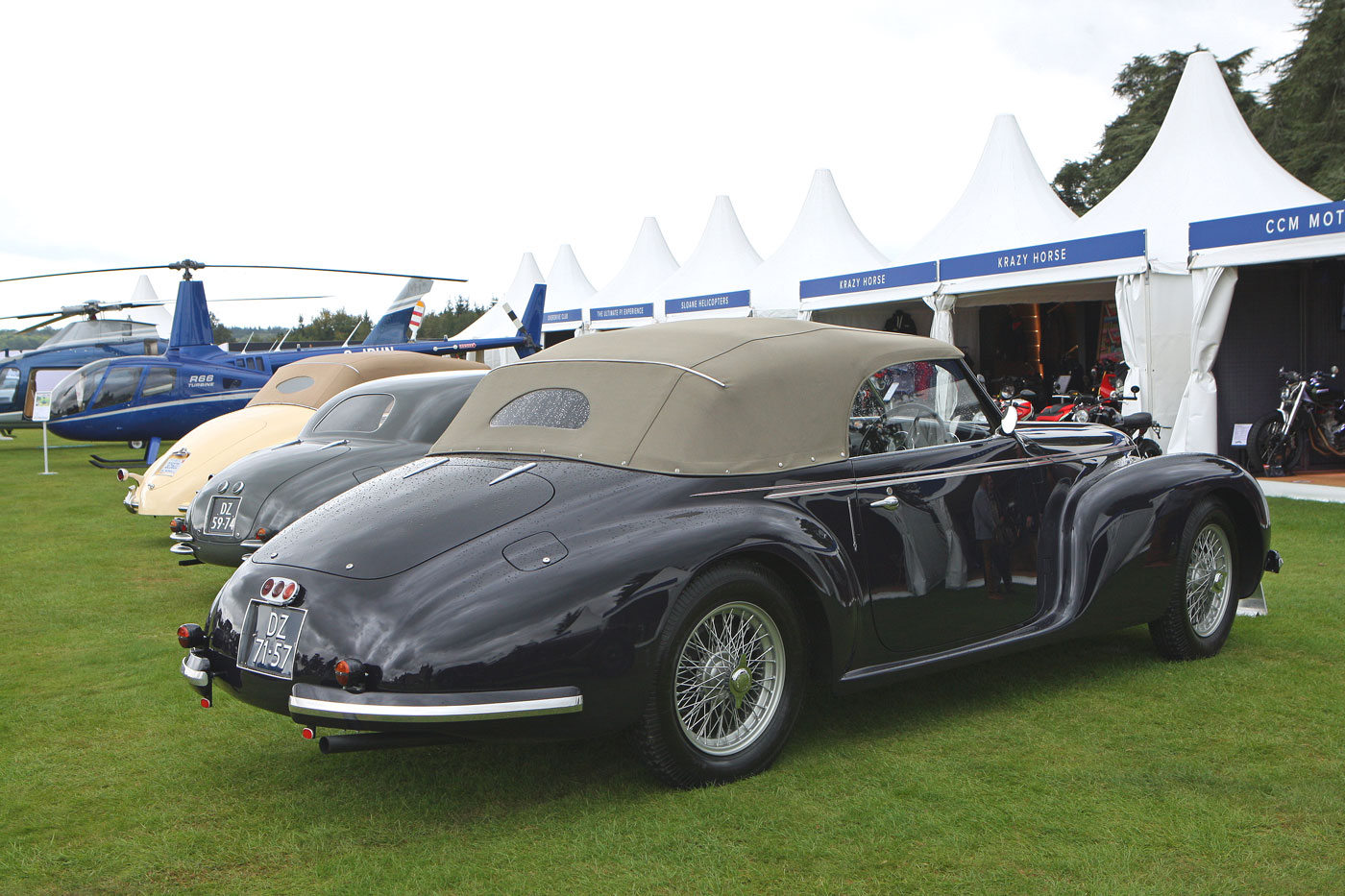
Von Carnap purchased several examples for the use of high ranking German officers. All three examples built still exist but this example is the only one to retain its original engine.
Alfa Romeo 6C 2500 SS Pinin Farina
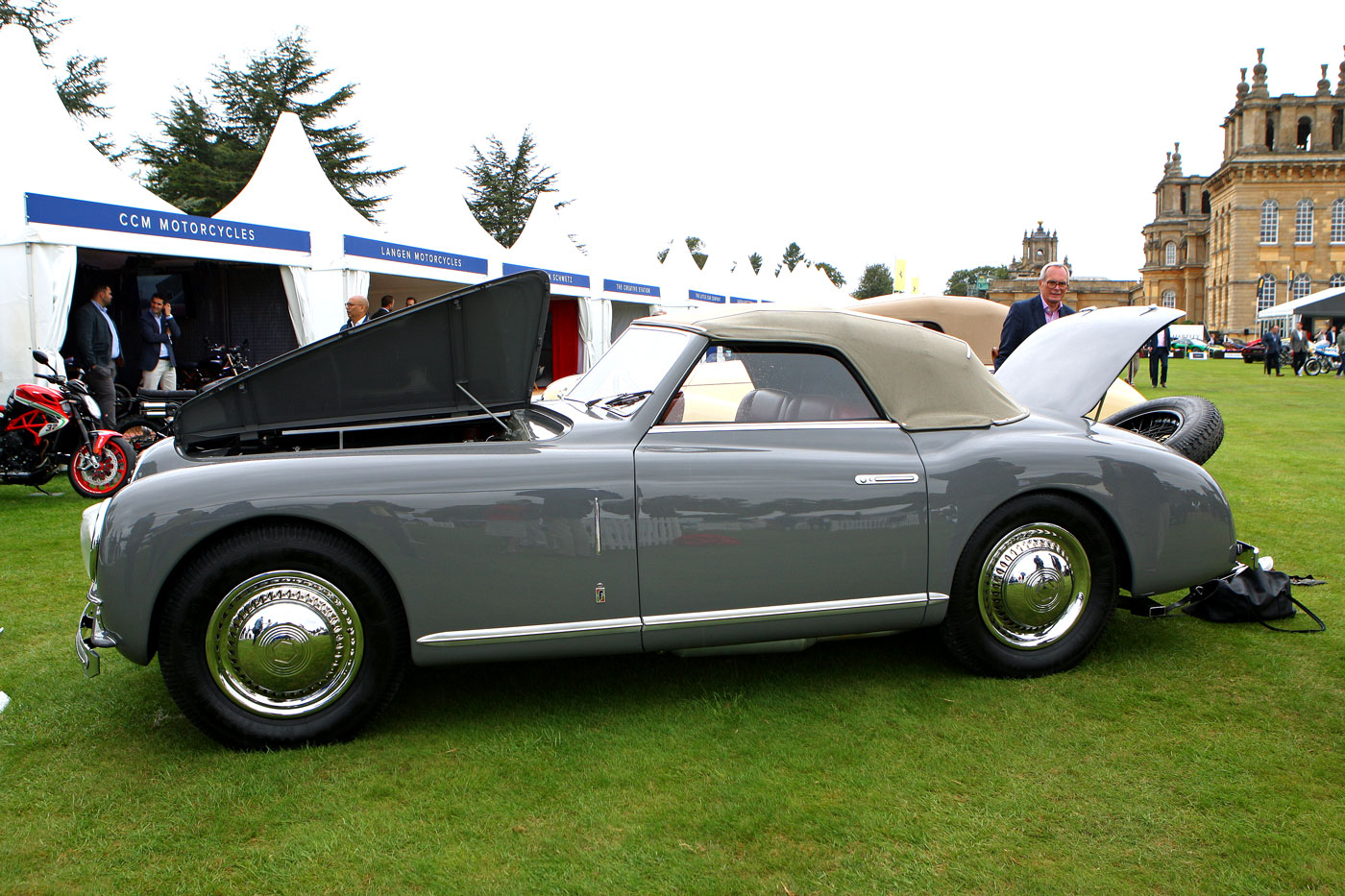
Of the 383 Alfa Romeo 6C 2500 SS examples built, 63 carried cabriolet coachwork by Pinin Farina. Chassis 915694 was completed on the 26th October 1948, and sold on the 2nd May 1949 to Count Goffredo ‘Freddie’ Zehender, a works driver for Alfa Romeo, Mercedes and Maserati.
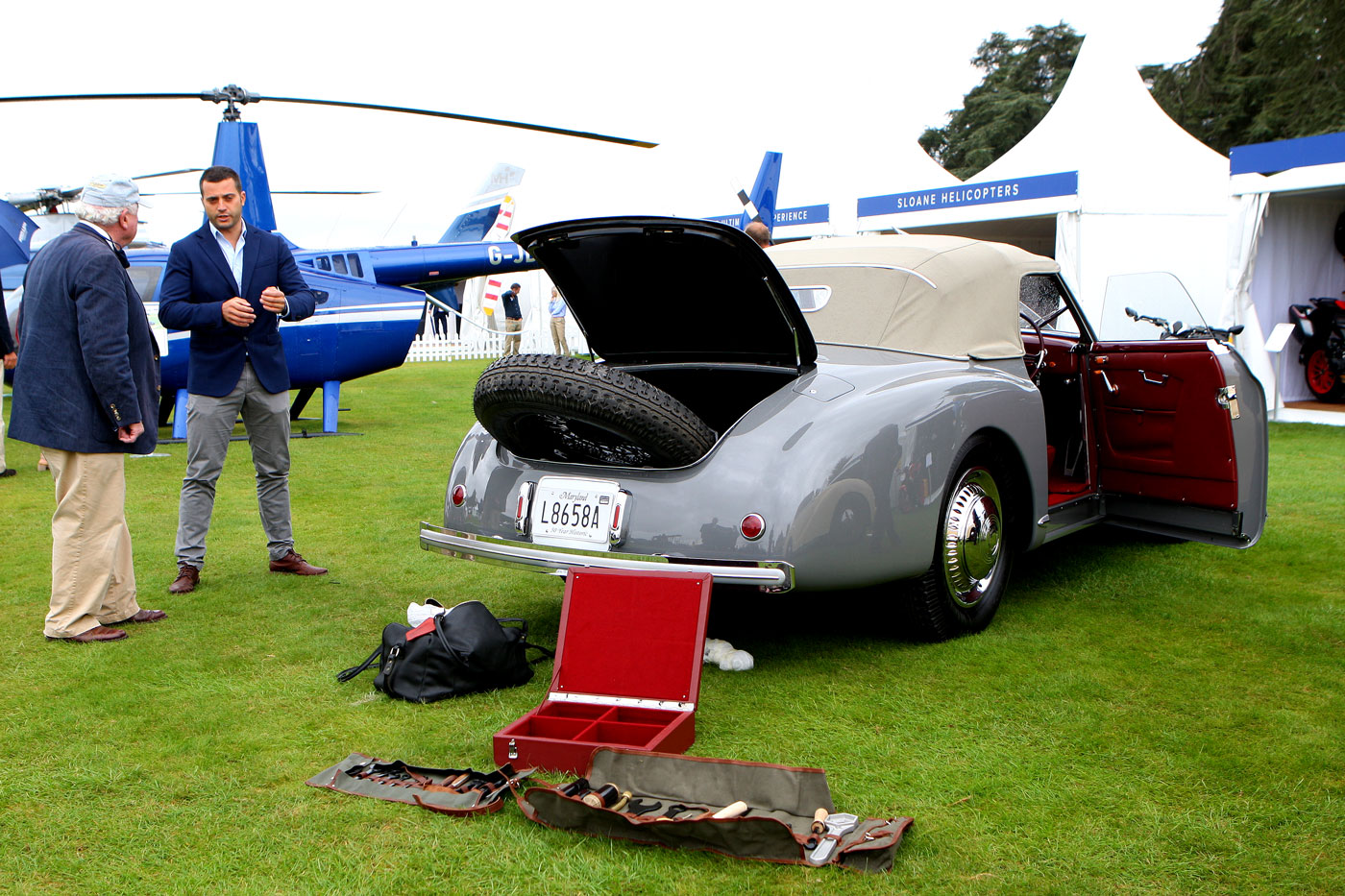
Following the Count’s ownership, the car spent many years in France during which time the colour was changed from Grigio Ferro Metallizzato to French Blue, with one owner being a member of the French Aerobatic Team ‘Patrouille de France’. By the early 90s the car was in the care of Paul Emile Bessade. In 2000 the car was sold, becoming part of the Vilanova collection
Alfa Romeo 8C 2300 Lungo
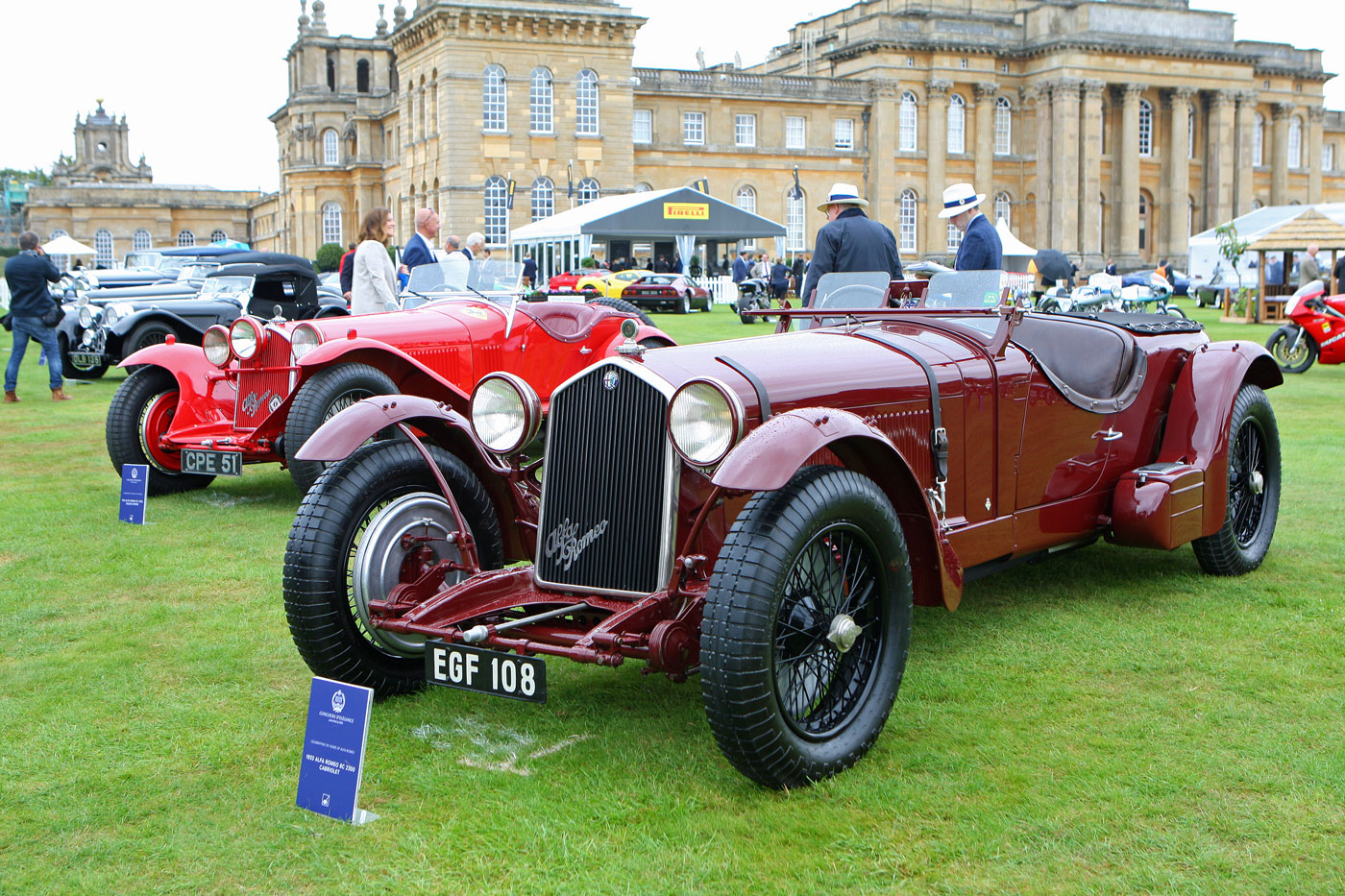
It is not known if this 1933 Alfa Romeo 8C Lungo, chassis 2311210, has any competition history but what is known is that this matching numbers example was imported into the UK by Thompson and Taylors of Brooklands in 1937. Constructed to the same specification as the examples that raced at Le Mans and the Tourist trophy, at one time 2311210 was owned by the Regent Oil company.
Alfa Romeo 8C 2300 Zagato
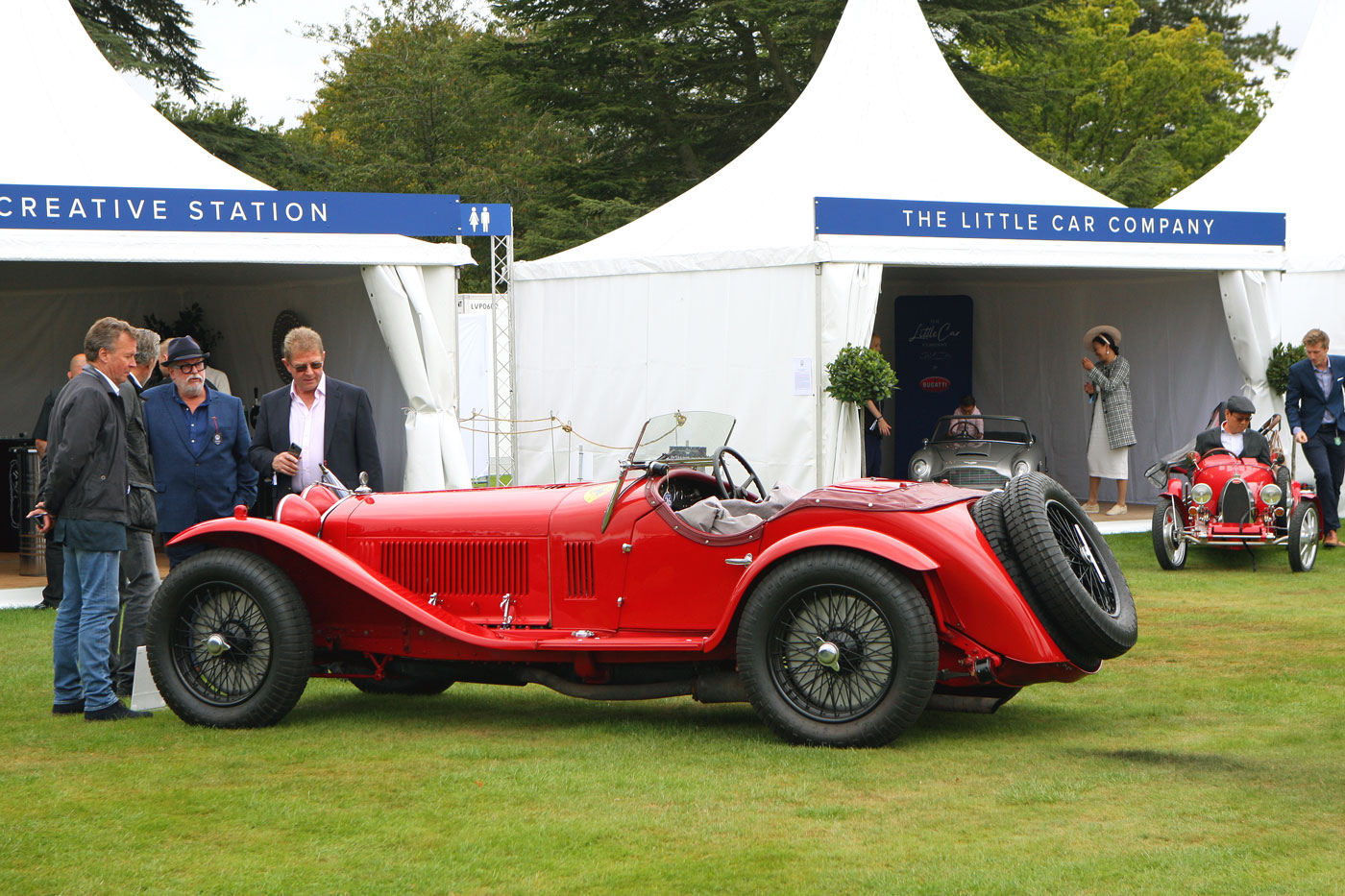
This 1931 Alfa Romeo 8C Zagato, chassis 2111044, is an ex-Scuderia Ferrari team car driven in period by Mario Tadini, Pietro Ghersi and Tazio Nuvolari.
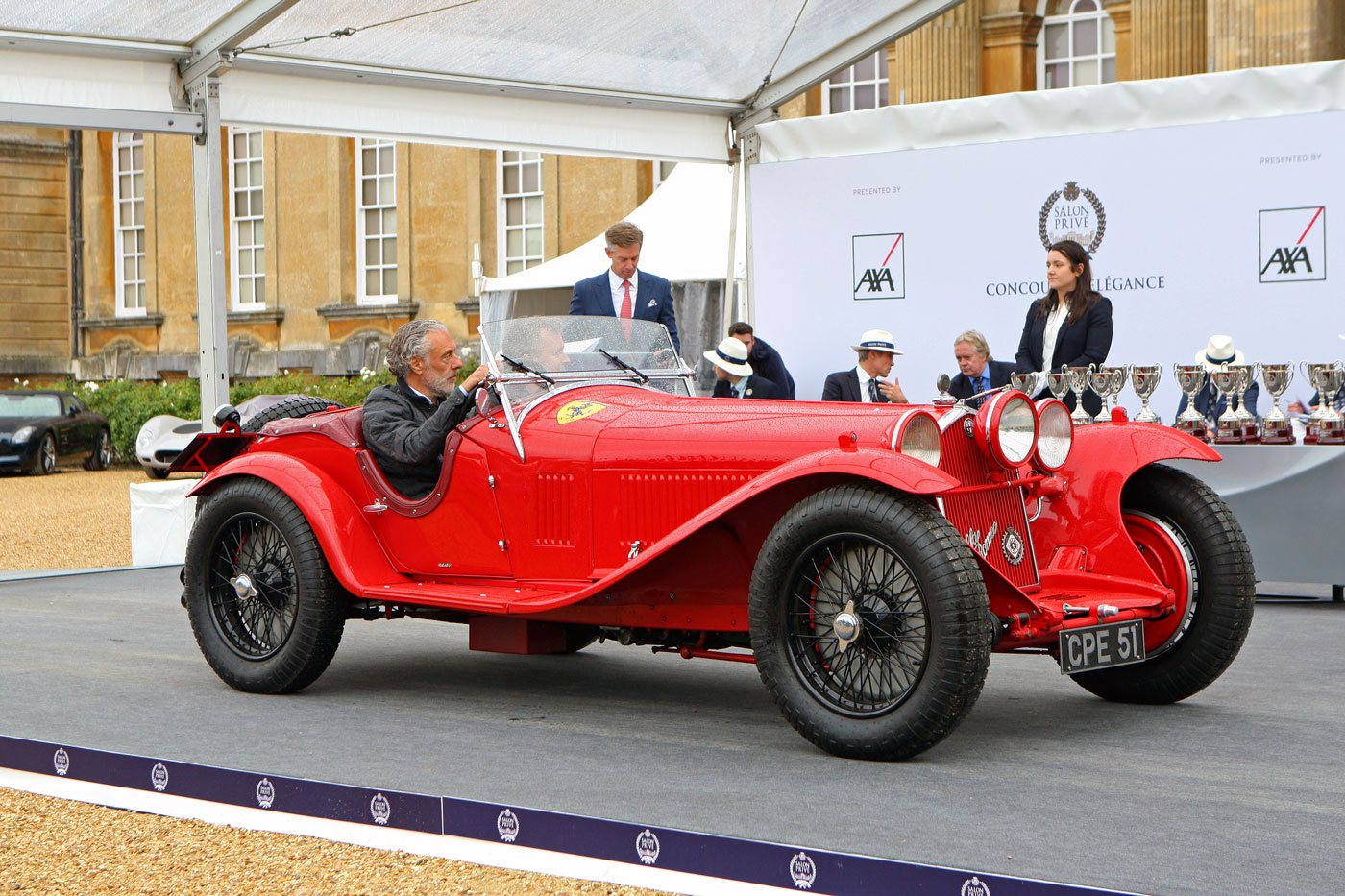
It won the coveted Best of Show award. The Italian beauty boasts an enviable competition history, having won the Coppa Principe di Piemonte in July 1932 in the hands of none other than Tazio Nuvolari. The ‘Flying Mantuan’ also drove it in the prestigious Klausenrennen hillclimb that year.
Alfa Romeo Tipo 33TT12
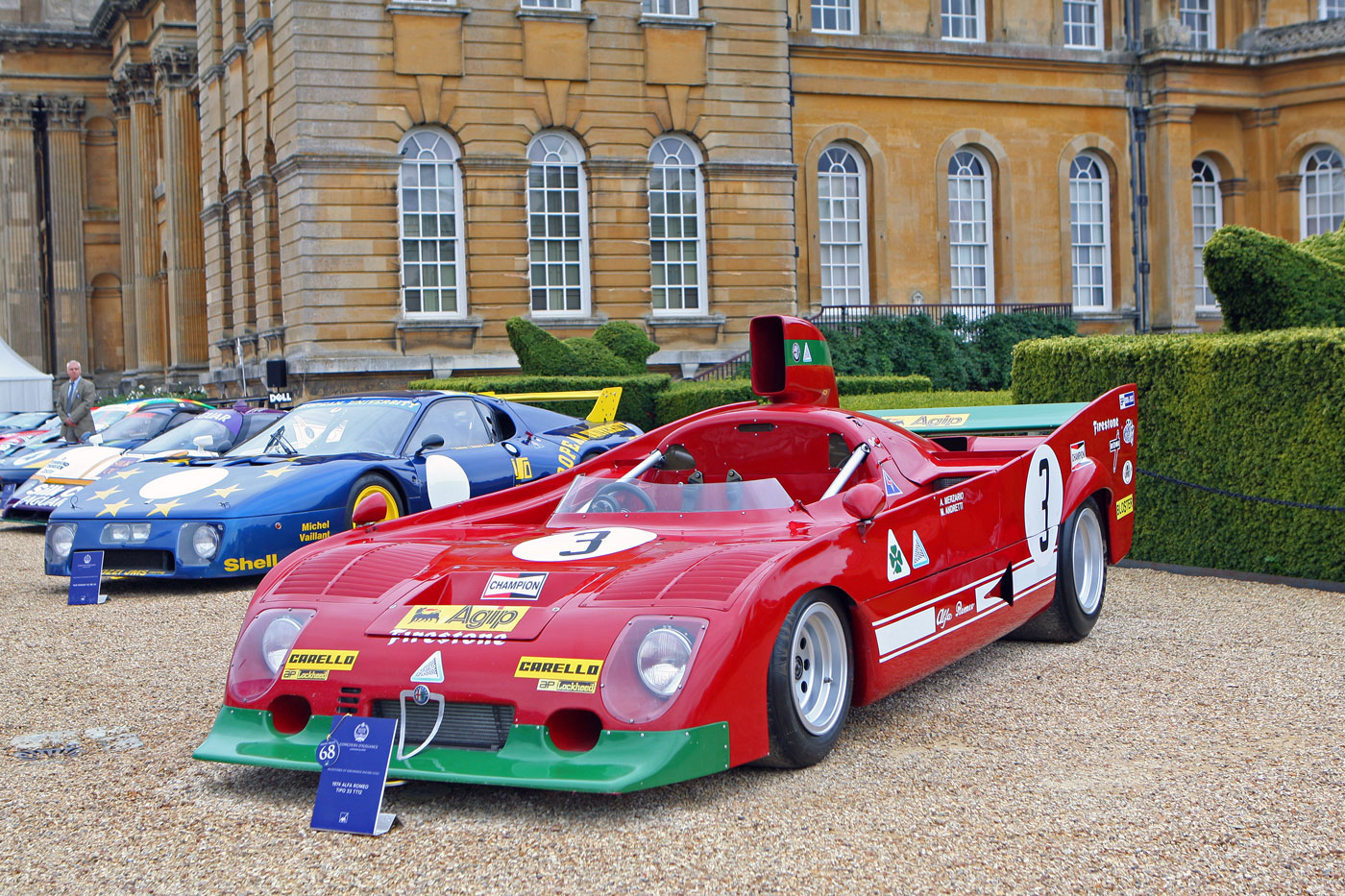
A new class for this year’s event was ‘The Milestones of Endurance Racing’ which was won by Alfa Romeo Tipo 33TT12, chassis 008, in which Arturo Merzario and Mario Andretti took to victory at the 1974 Monza 1000 km. An official Autodelta team car, chassis 008 racing victories continued into 1975 with six race wins including that year’s Targa Florio. This World Championship winning car was also driven in period by the likes of Nino Vaccarella, Jacky Ickx, Brian Redman, Jochen Mass, Jacques Laffite and Vittorio Brambilla.
Alfa Romeo T33/3
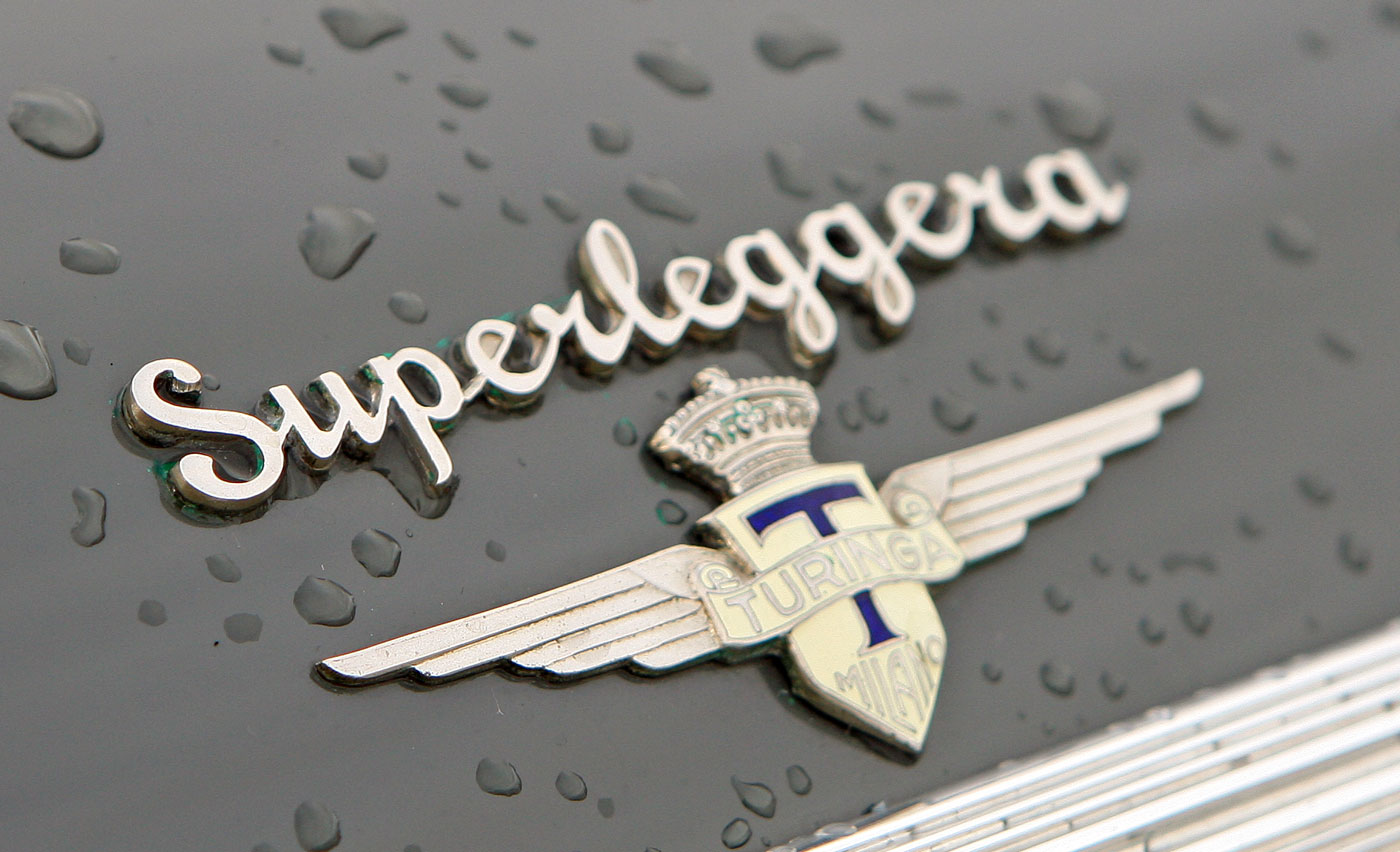
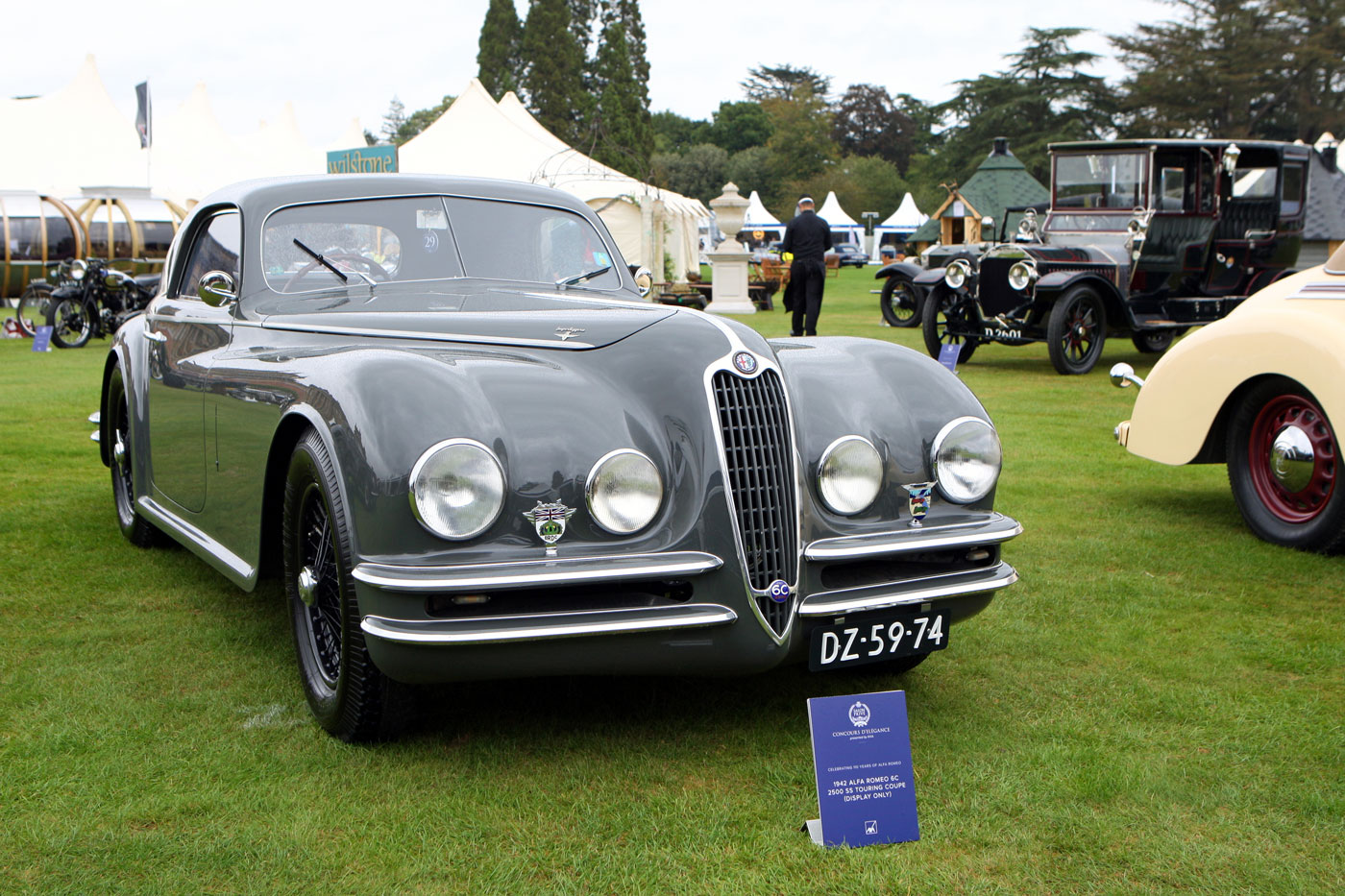
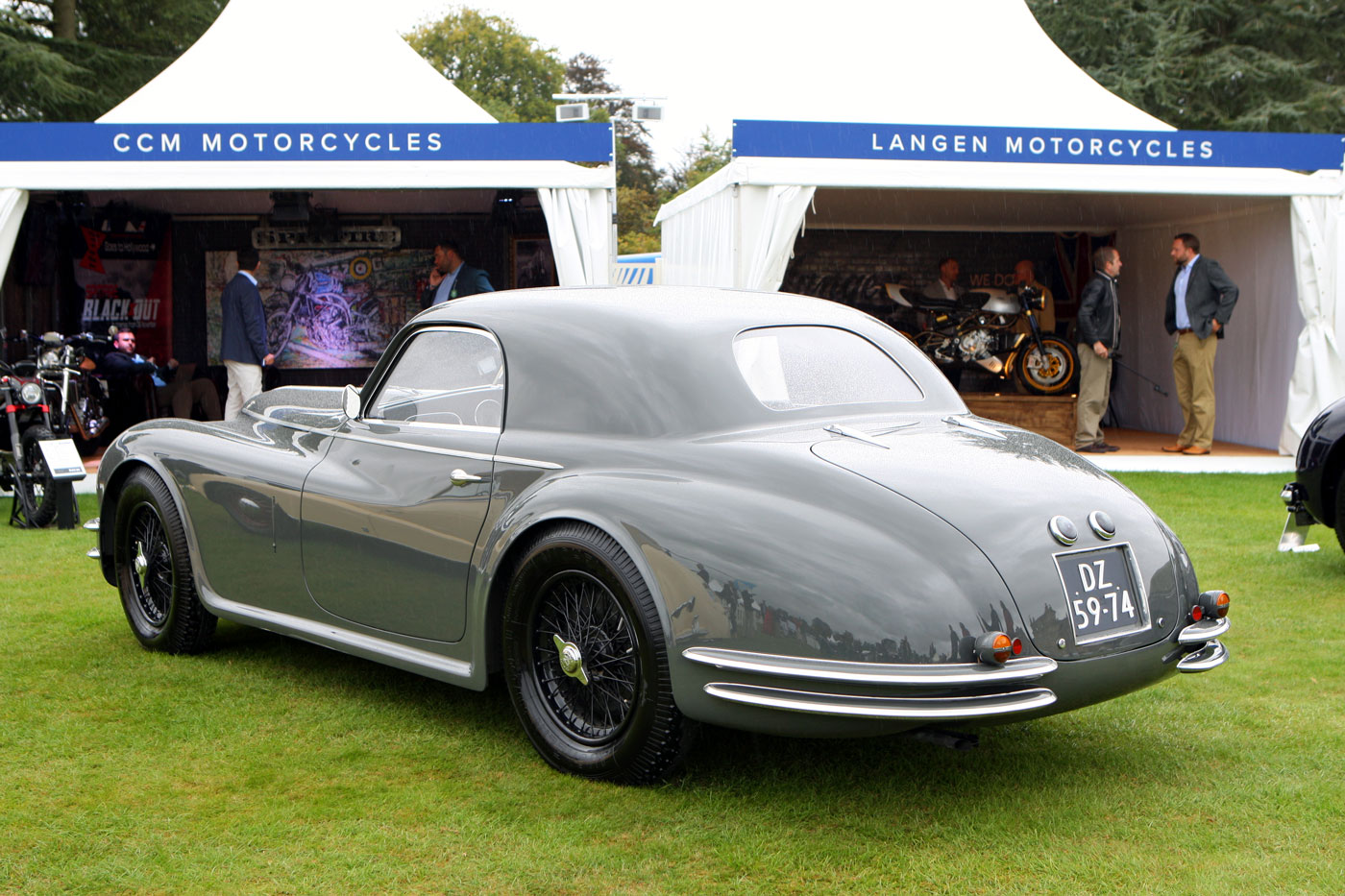
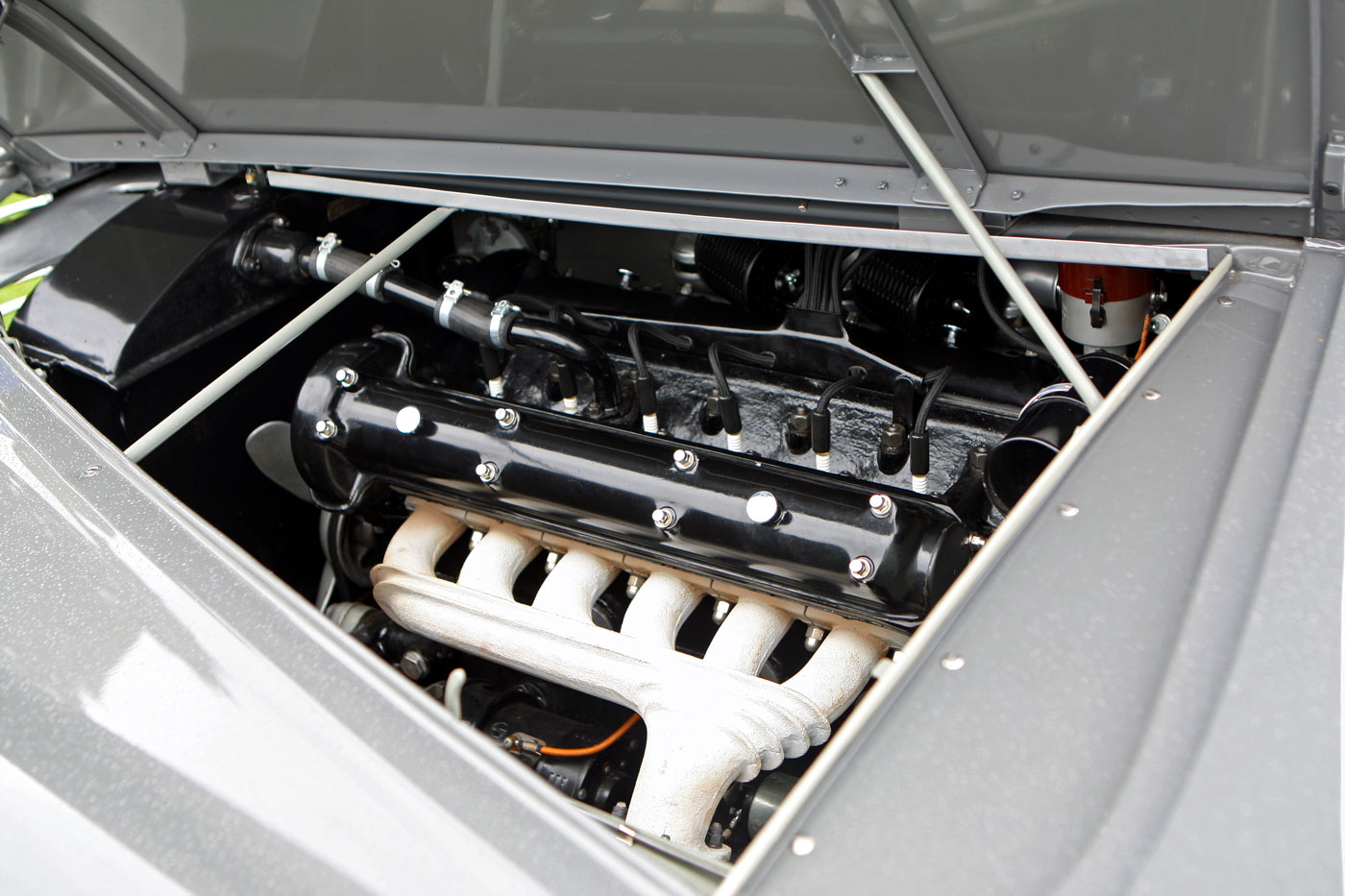
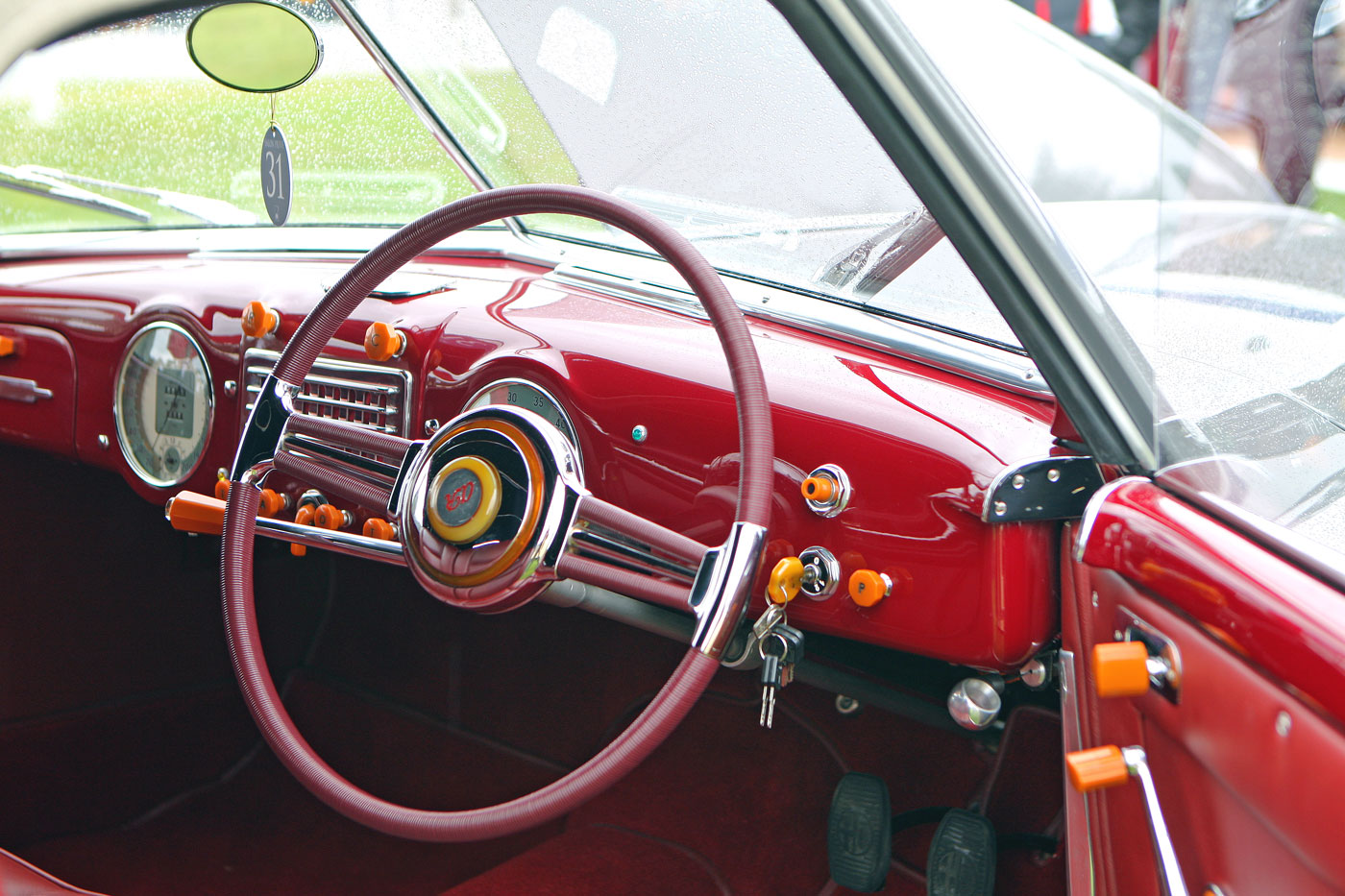
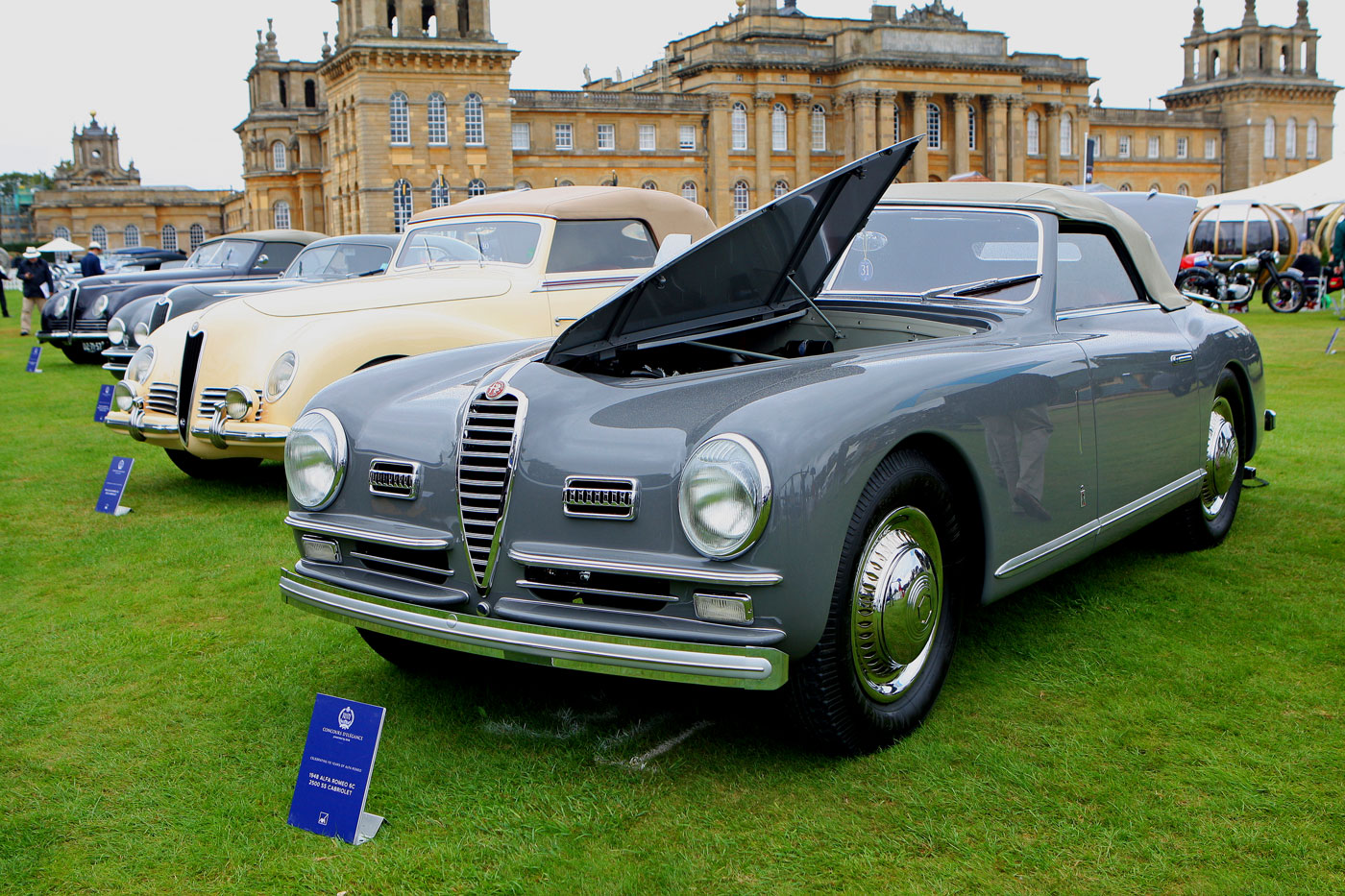
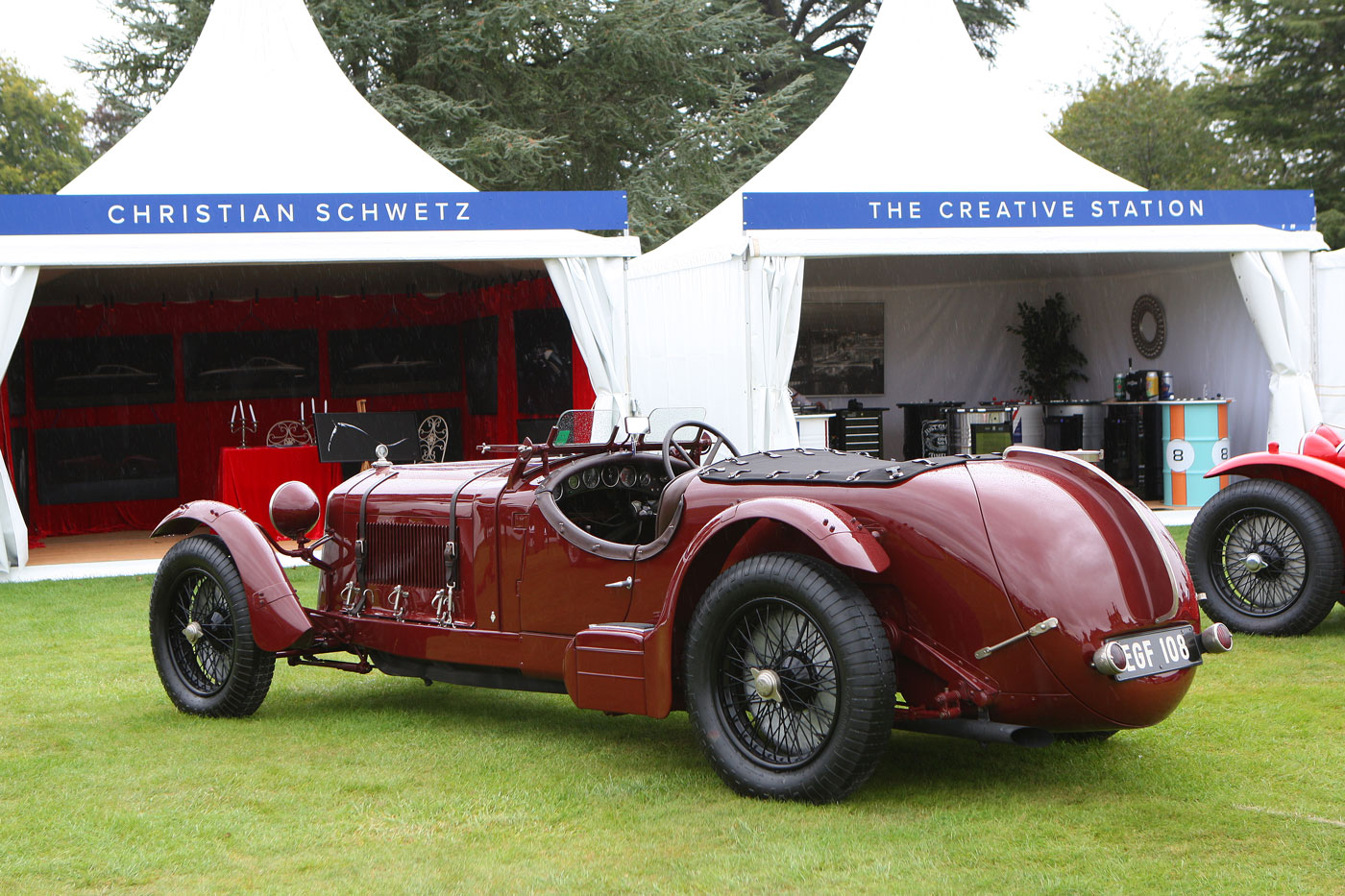
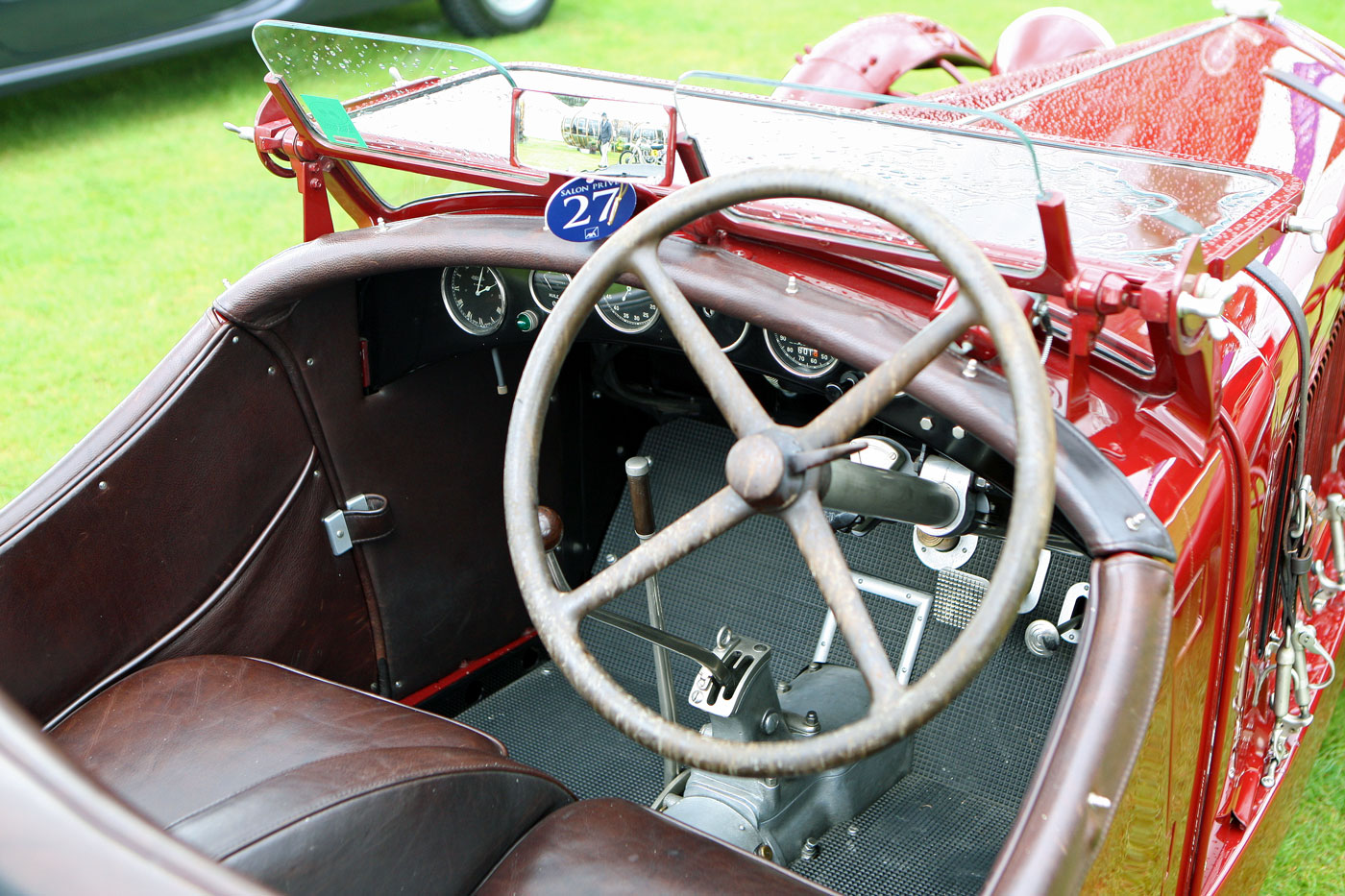
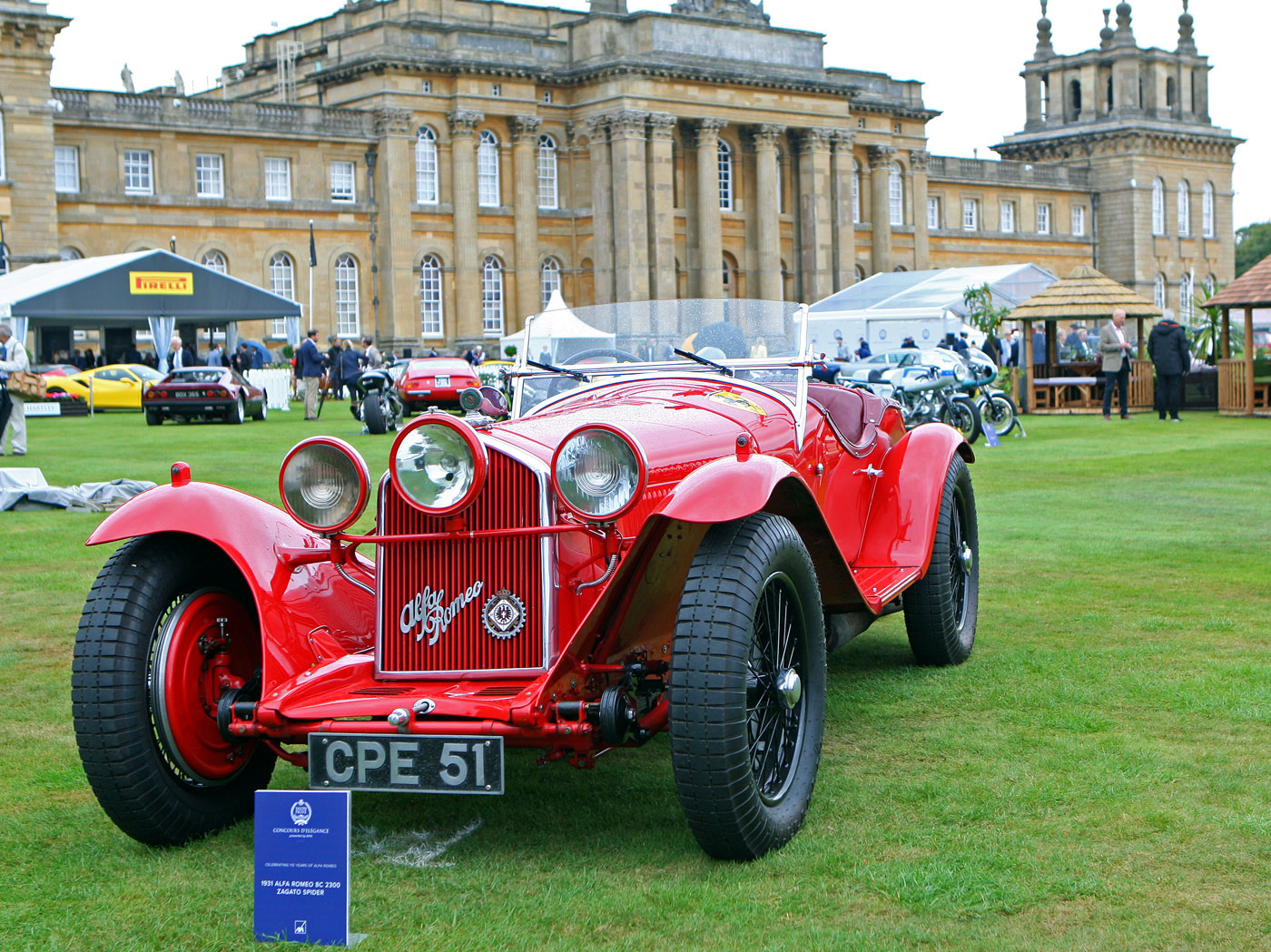
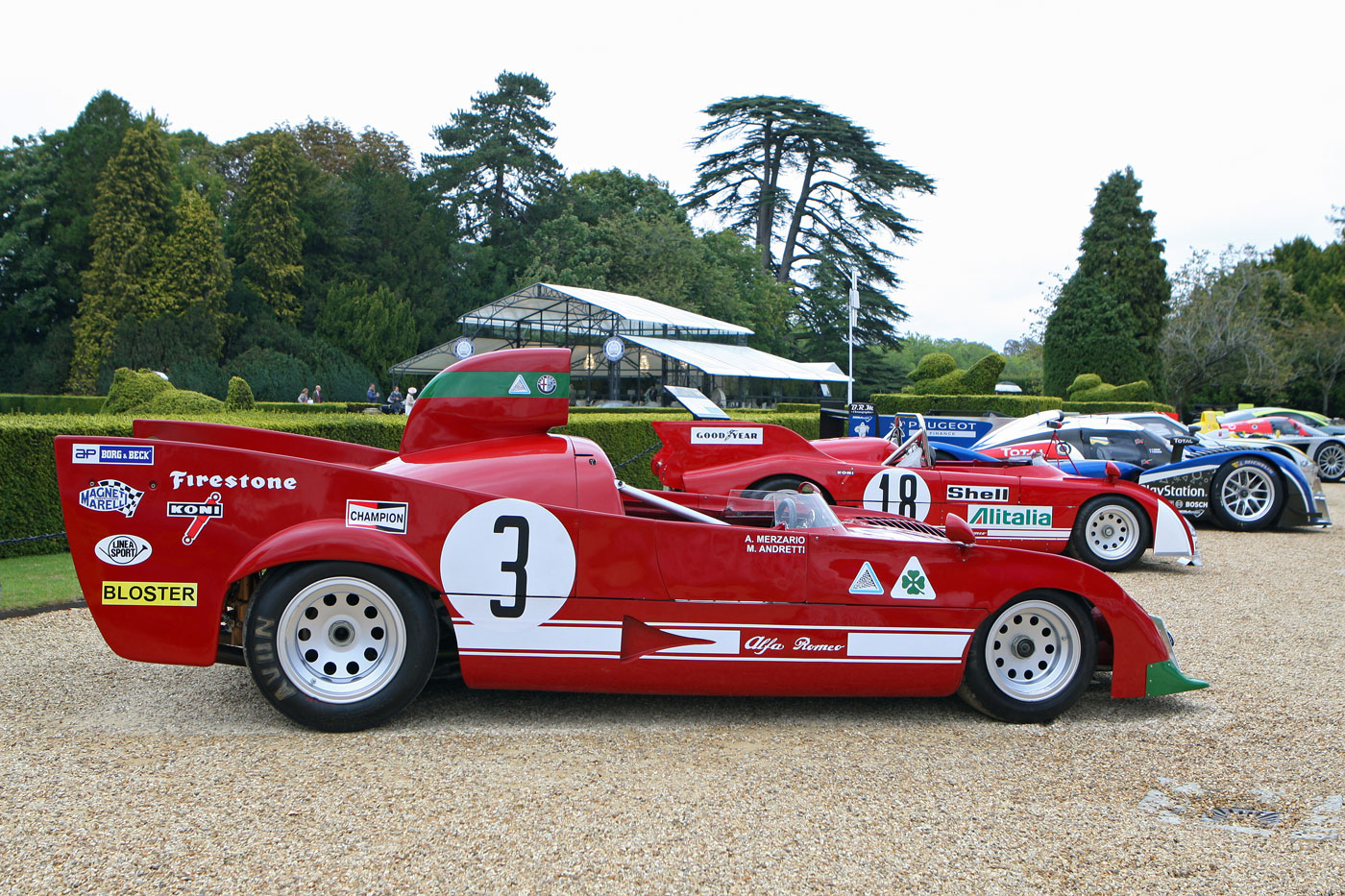
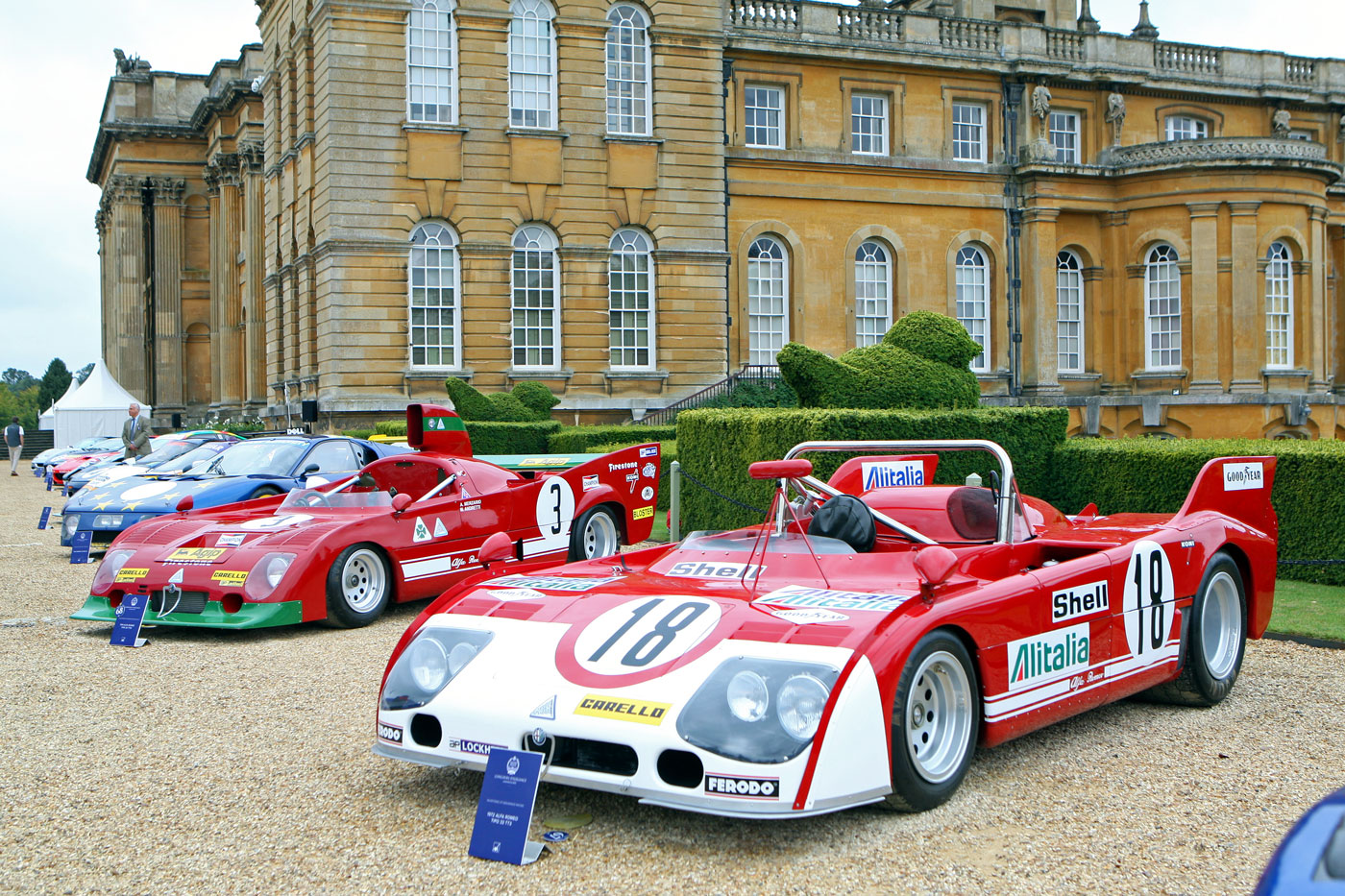
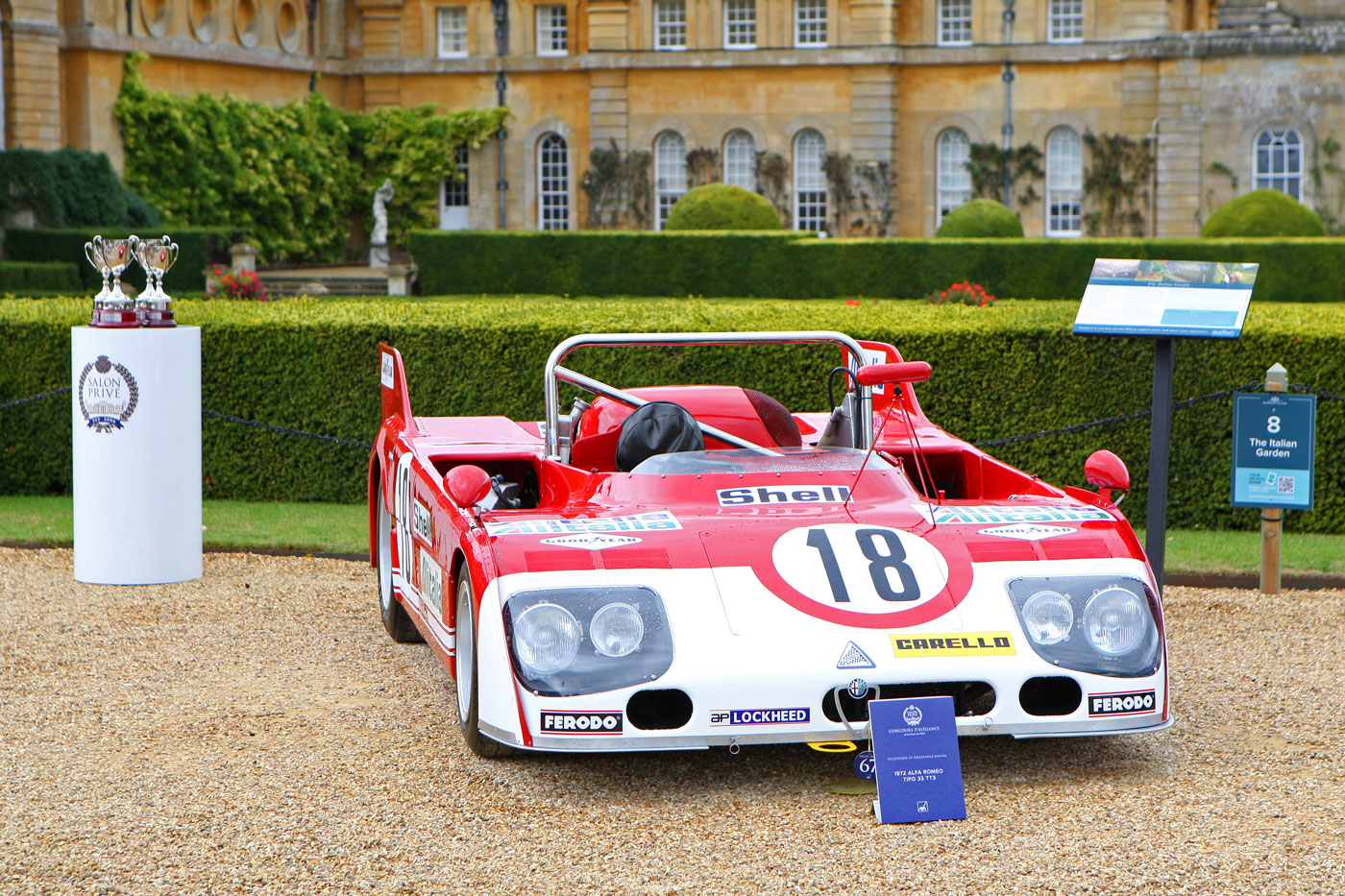
Thanks for the great photos and information! Looks like a spectacular event.
If my understanding is correct Von Carnap was not buying cars for his own. He was the manager of the German unit in charge of procuring ( Italian) cars for high ranking German officials so his unit bought most of the very few Alfa produced during this period when they were not bought by the friends of Mussolini…
Ugo Gobbato did his best to keep Alfa Romeo alive during difficult times. Throughout the Mussolini years, I am certain that he did his best to satisfy demands for aero engines, and if a politician or well-connected person in the military requested an Alfa Romeo automobile, there were enough parts and people to build a few cars. Unfortunately, the partisans considered this to be serious collaboration with fascists, and despite having been absolved of all charges against him, Gobbato was murdered by “anti-fascists.” Wifredo Ricart realized that life for him would be much safer if he returned to Spain. Gobbato recognized the dangers, but would have never left Milano.